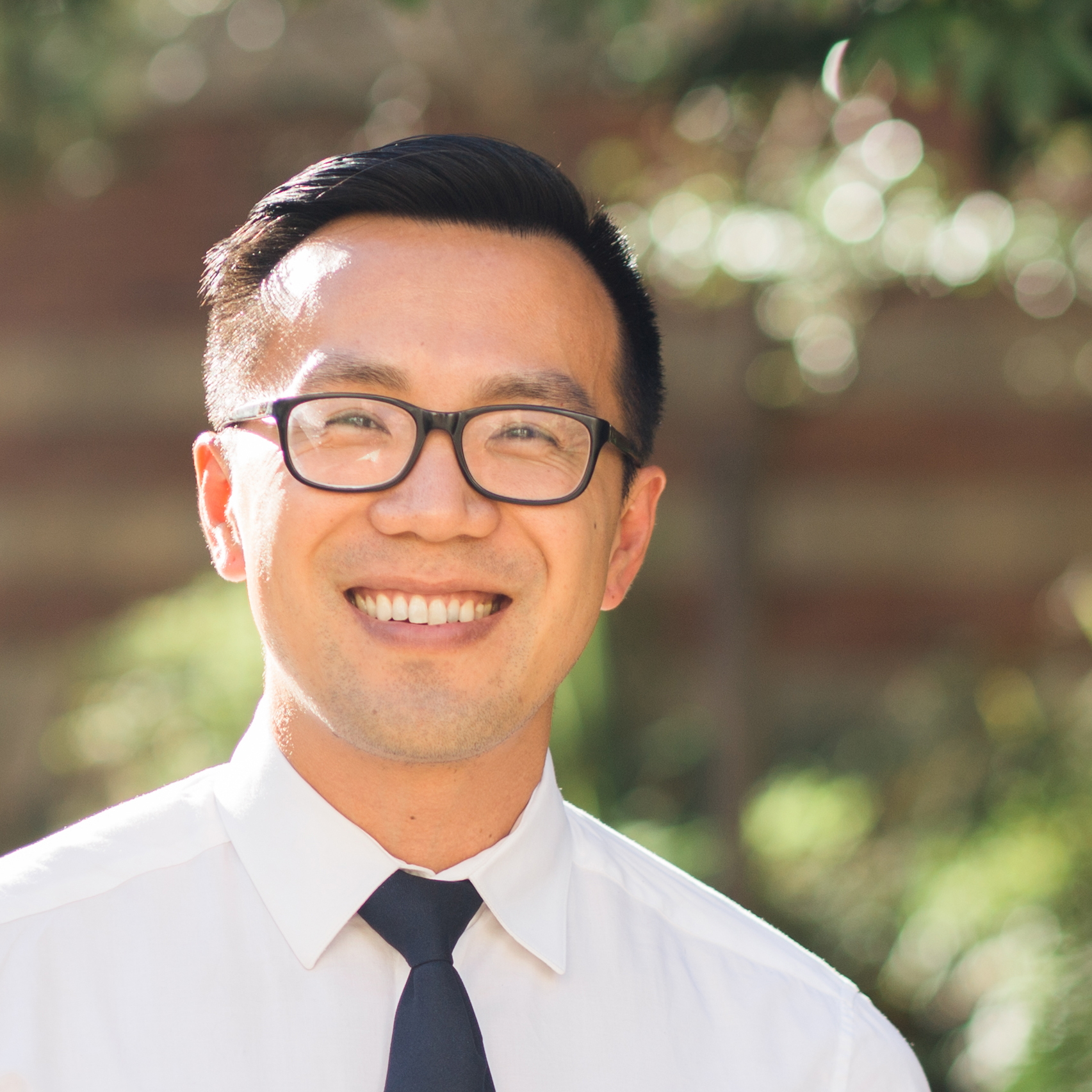Terry Giang is a Vietnamese-American Southern California native and alumni of the University of California, Santa Barbara (UCSB). He has worked for UCLA for 7 years and is now the Lead Graphic Designer for the Division of Student Affairs. He creates marketing content for UCLA and mentors aspiring student artists. His work consists of template building, creating website content and leveling the playing field for students interested in graphic design. In this interview, he explains how his heritage has shaped his art and work.
Q: What do you enjoy most about your job?
Giang: I would have to say the students – the interaction with the students and seeing them grow from where they were in their first year to where they are now. The best example I can give is one of my junior students who we got as a first-year student, and now she is the new design lead for next year. She has worked her way up from having absolutely no graphic design experience to becoming the creative director of the entire student group. And in that role, she gets to decide what the look, the brand and the feel is for all of the Housing Channel for Student Affairs. So it’s the students’ voice, and their work that is always being posted. We amplify the students’ voices first. I think that’s definitely what I enjoy most.
Q: How has your identity as an Asian American impacted your work and experience?
Giang: In AAPI communities, oftentimes we are not well known for pushing back or speaking up. We’re usually the model minority stuck to the back somewhere, and oftentimes we’re overlooked for leadership positions. And that’s something that I’ve dealt with. I have pushed my way into a leadership position so that I can do this kind of work. I’ve been trying to break down some barriers along the way.
I’ve also had to get over so much of my own cultural upbringing. I was brought up to not speak unless I was spoken to, always be helpful and don’t be argumentative. But what I’ve grown to understand is that there is a healthy balance to be able to embody your identity as an Asian American, but there’s a difference between Asian American and fully one or the other. So that identity is like the hyphen in the middle. Through my journey in the creative and marketing industry, I’ve picked up little things here and there, and I’ve piecemealed them together into this identity. The Asian American identity is really complex and even us as advocates for other people of color is something we’re not used to doing. When we identify as Asian we believe everyone in our community is under the same norms and circumstances. But being Asian American, that American part, includes being a participant of voicing our support for other people of color.
Q: How has activism influenced your artwork?
Giang: There has always been a seed of diversity, equity and inclusion in me, and also social justice. But I never saw myself as an activist in that way because of my Asian upbringing. But whenever I see a microaggression or an injustice that happens, it’s like a little drop in a bucket of the fuel that drives me to create content. It fuels my desire to advocate, speak up and be more visible. So that story is heard either in my experience or the reinterpretation of an experience I’ve witnessed in my art.
Q: What advice do you have for aspiring graphic designers and artists who want to give a voice to their activism?
Giang: I feel like where I excel in terms of activism has always been the empowerment of my students of color. I help my AAPI students process the struggles and the things they have experienced as people of color in the creative industry. My advocacy isn’t in the forefront and loud, but in small intimate spaces I am able to help the people who need it, one person at a time.
My advice to artists who want to give a voice to their activism is no matter how big or small, the difference is being made. My advice to people of color entering the creative industry is to be persistent. Continue to produce creative content, otherwise, your best ideas will only exist in your head.

Comments are closed.